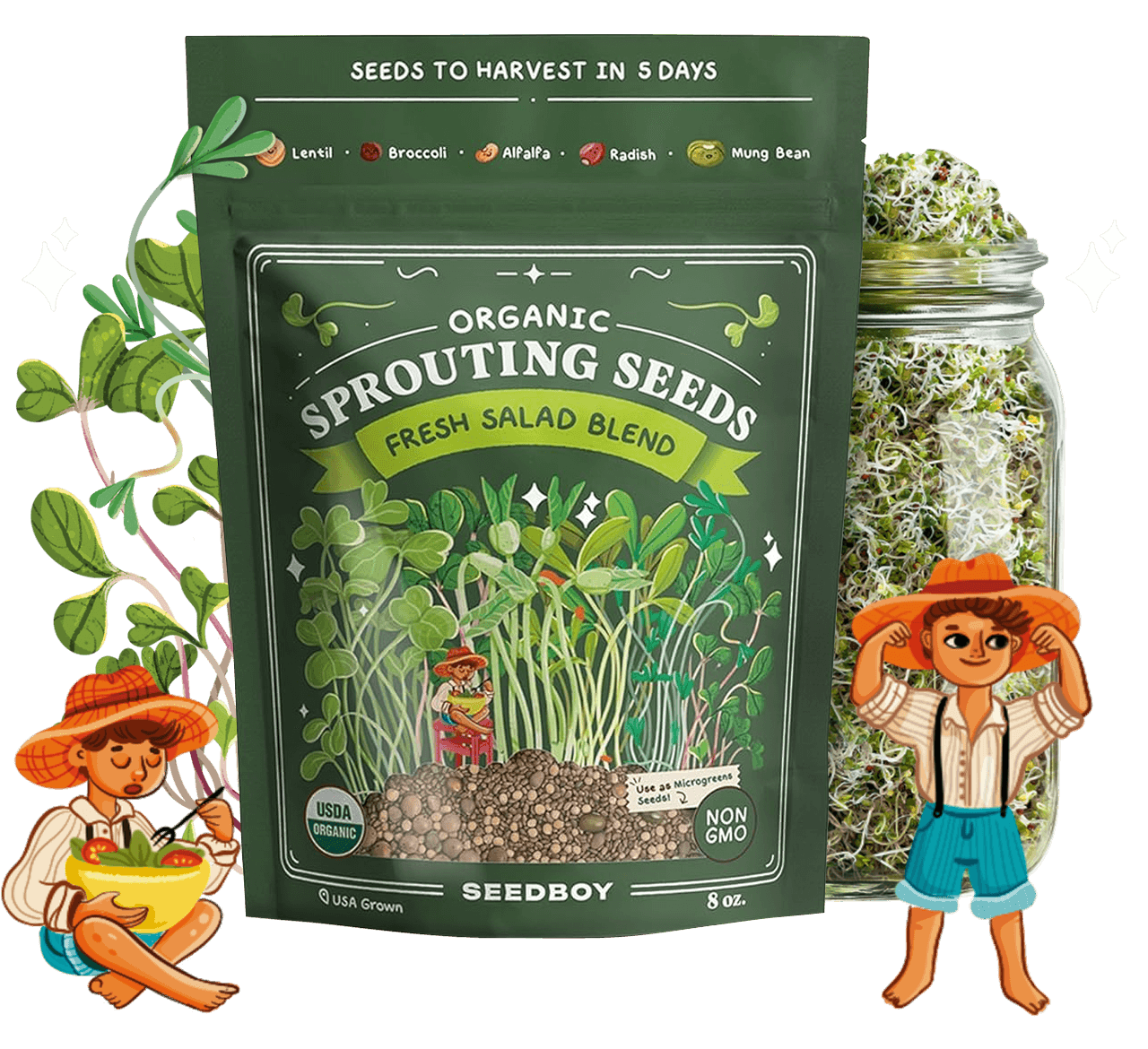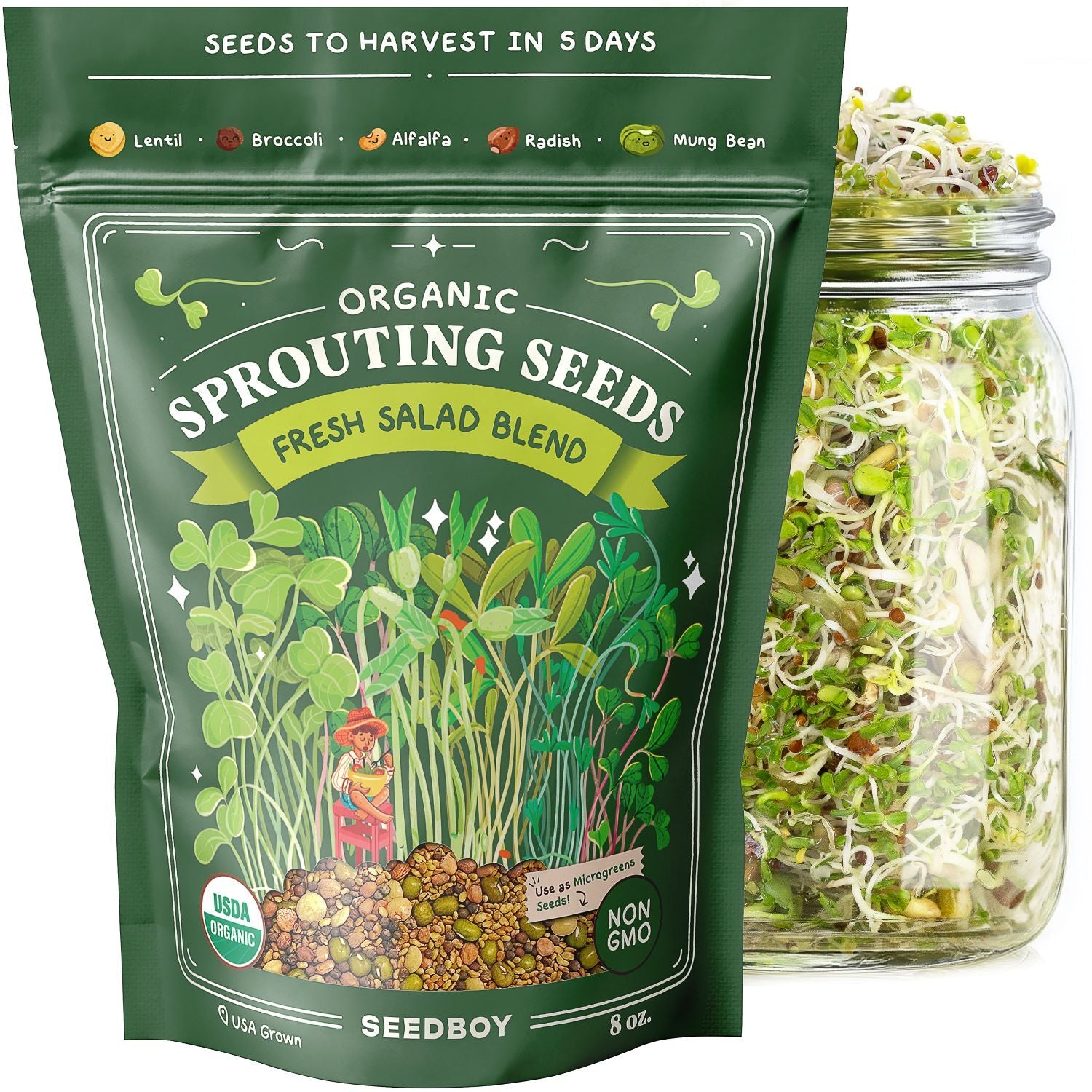
GROW GUIDE
Teddy Bear Sunflower
Helianthus annuus
Plant Description
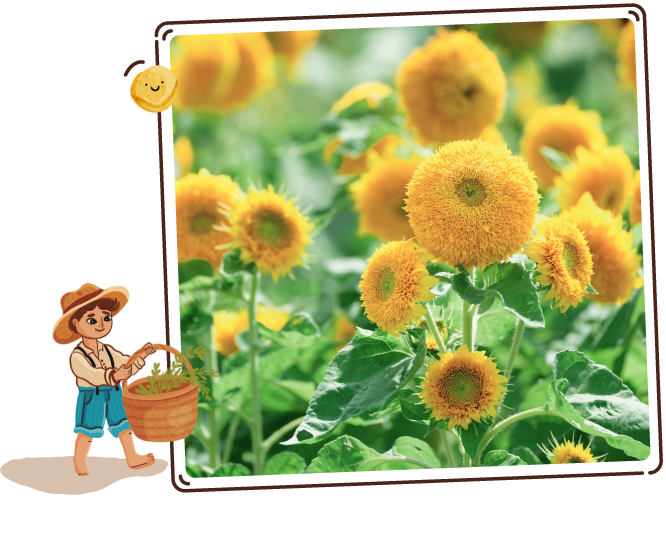
Teddy Bear Sunflower
A striking flower with broad, golden-yellow petals, arranged densely to create a plush, pom-pom appearance.
This cheerful annual, a favorite among pollinators, is admired for its compact, bushy growth and eye-catching blooms that brighten gardens and bouquets alike.
Quick Facts:
-

Sun Requirements
Full Sun
-

Days To Sprout
7-15 Days
-

Days To Harvest
70-90 Days
-
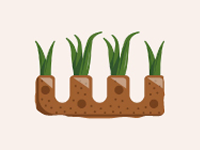
Plant Spacing
12“
-
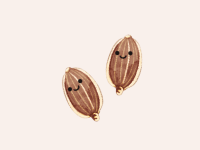
Seeds Per Hole
2
-
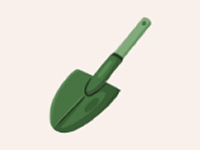
Planting Depth
1/2"
Best Planting Locations
-

Sunny Borders
Perfect for teddy bear sunflowers, offering ample sunlight for sturdy growth.
-

Raised Beds
Provide good drainage and room for roots to spread, enhancing flower development.
-

Container Gardens
Ideal for patios, offering easy mobility and controlled soil conditions for consistent blooms.
-
Balconies
Great for compact spaces with plenty of sun, allowing vibrant growth in limited areas.
Getting Started

-
1
Find the Spot
Teddy bear sunflowers thrive in full sunlight. Choose a spot with at least 6-8 hours of direct sunlight each day. For indoor planting, use a grow light or place near a bright, south-facing window.
-
2
Prep the Soil & Fertilizer
Use loosened, well-draining soil with a little compost mixed in. Fertilizers aren't necessary, but for an optional boost, apply a balanced fertilizer when the first buds appear.
-
3
Plant the Seeds
Plant 2 teddy bear sunflower seeds per 1/2 inch deep hole in pots or directly in the ground. Keep soil consistently moist during germination, ensuring it’s in a warm, sunny spot.
Maintain soil temperatures around 70° to 85°F. Space seedlings 12-18 inches apart to allow for full growth.
Good Neighbors:
-

Cucumber
Similar soil and watering needs; cucumbers can climb on sunflower stems
-

Peppers
Sunflowers work as a trap plant for thrips keeping them off of bell peppers
-
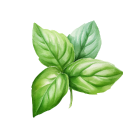
Basil
Basil repels pests like whiteflies
-

Marigold
Can help repel pests and attract beneficial insects like ladybugs and lacewings
Enemy Plants:
-
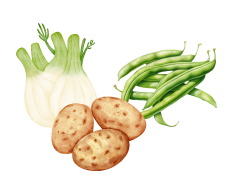
Potato, Fennel & Pole Beans
Sunflowers can inhibit their growth
Attractants:
-

Bees, Butterflies & Hummingbirds:
Attracted to the pollin-rich blooms
Repellents:
-
No known repellents
Best Time to Plant
USDA Hardiness Zones


Day to Day Maintenance
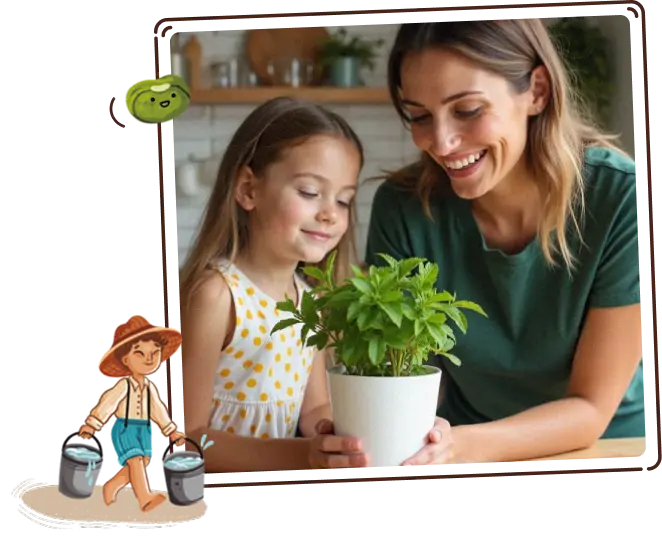
-
Watering
Water regularly to keep soil consistently moist, but avoid waterlogging, as sunflowers prefer well-drained soil. Water at the base. Wet leaves can lead to fungal disease.
-
Care
Deadhead spent blooms to encourage more flowering throughout the growing season. As they grow, consider staking taller plants to prevent bending or breaking in wind.
The Harvest
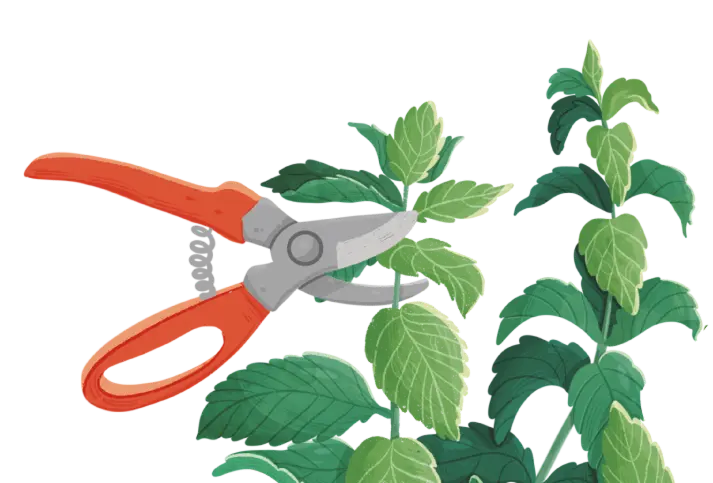
-
Arrangements
Cut the flower stems about one foot below the flower head when petals first appear but before fully open for peak freshness.
-
Seed Harvesting:
Wait until petals fall and the back of the flower head browns. Dry heads in a shaded area to prevent mold, then store seeds in a cool, dry place in an envelope or airtight container.
Favorite Uses
-
Bouquets
-
Garnish
-

Trail Mix
-
Bird Food

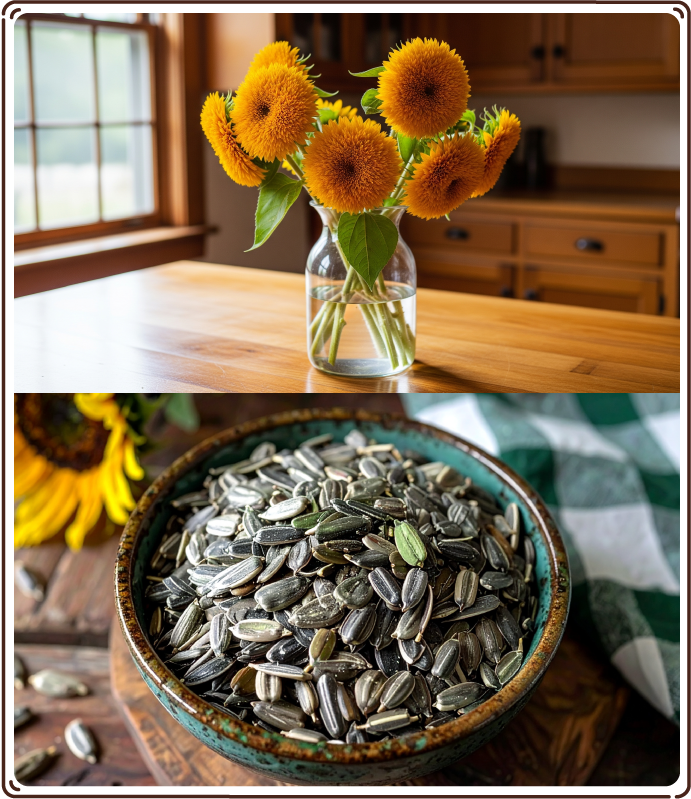
How to Store
-
Room Temperature
Duration: 6-12 days
Location: Keep on a countertop away from direct sunlight
Method: Trim the stems of the teddy bear sunflowers and place them in a clean jar or vase with an inch of water. Keep the water level low to hydrate only the base of the stems, preventing rot. Change the water every 24 hours.
-

Refrigeration
Duration: 6-12 days
Location: Store in the refrigerator
Method: Trim the stems of the teddy bear sunflowers and place them in a clean jar or vase with an inch of water. Keep the water level low to hydrate only the base of the stems, preventing rot. Change the water every 24 hours. This method may keep flowers from wilting as quickly due to cooler temperatures.
-
Drying for Seed Preparation
Duration: Up to 2 years
Location: Airy spot away from sunlight for drying; cool, dark area for storage
Method: Cut flower heads when brown and dry. Allow to dry fully, then rub to release seeds. Thoroughly dry the seeds, then store in paper or cloth bags, labeled with variety and harvest date.
-
Drying for Flower Preservation
Duration: One year
Location: Warm, dry area with good ventilation, away from direct sunlight
Method: Cut the flowers, leaving a few inches of stem, and hang them upside down in small bunches. Allow them to air dry completely for a few weeks until the flowers feel crisp to the touch, preserving them for decorative arrangements.
Fun Facts

-
Bee Magnet
These blooms are a bee favorite! Their wide, pollen-filled centers attract bees and other pollinators, making them great for supporting local ecosystems.
-
Compact & Charming
Unlike their towering sunflower cousins, teddy bear sunflowers grow to a modest 2-3 feet, making them perfect for smaller gardens, containers, and even indoor arrangements.
-
Symbol of Warmth
In many cultures, sunflowers symbolize warmth, happiness, and loyalty, and teddy bear sunflowers amplify that with their inviting, almost fuzzy appearance.
-
Edible Sunshine
Both the petals and seeds of teddy bear sunflowers are edible! The vibrant petals add a pop of color to salads, while the seeds can be saved for snacking, planting, or adding a crunchy twist to recipes.
Subscribe to our Newsletter: "The Small Garden Chronicles"
Where curious growers gather for garden inspiration.
